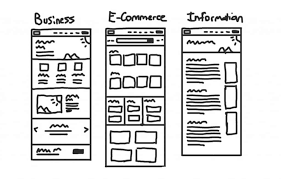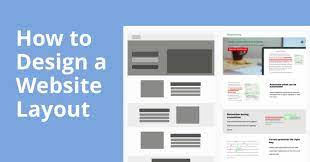
What is the layout of a web page?
The layout of a website is the visual arrangement on a page. By carefully arranging the elements on a page, there is improved control over their relationship to the user.
A layout is a crucial component in web design. It determines how visitors register page elements, what parts draw more attention, as well as the overall visual balance of a site. A website layout’s visual importance can improve a site’s usability and message. For advice from a Web designer Exeter, visit https://exeter.nettl.com/digital/website-design/

In a nutshell, a successful website layout can draw visitors’ focus to the right place, helping them to move towards the important content first, then proceeding to move on to the following steps in the correct or desired order.
Adapting to your content
Your layout should fit your content type. Why? The layout of your website should help you tell visitors the story that you want to share. Choose a layout that will support and enhance your message.
Certain website designs are better suited to showcasing works or products, and therefore work best for eCommerce websites. Some layouts are more efficient at conveying information, such as those used to create a news platform or blog.

Popular layouts
The most popular, tested and tried website designs are the best options. The classic layouts are familiar for users because they rely on their expectations, previous experiences, and design principles.
Consider some of the more common and general design principles:
- For usability, elements which go together (like the menu bar and navigation bar) ideally will be placed close together.
- Continuity means ensuring that users can easily navigate a website by allowing continuity between the elements.
- Closure means that the user is not without a way to navigate through a webpage. Closure can be achieved by using overlapping images in a web layout.
